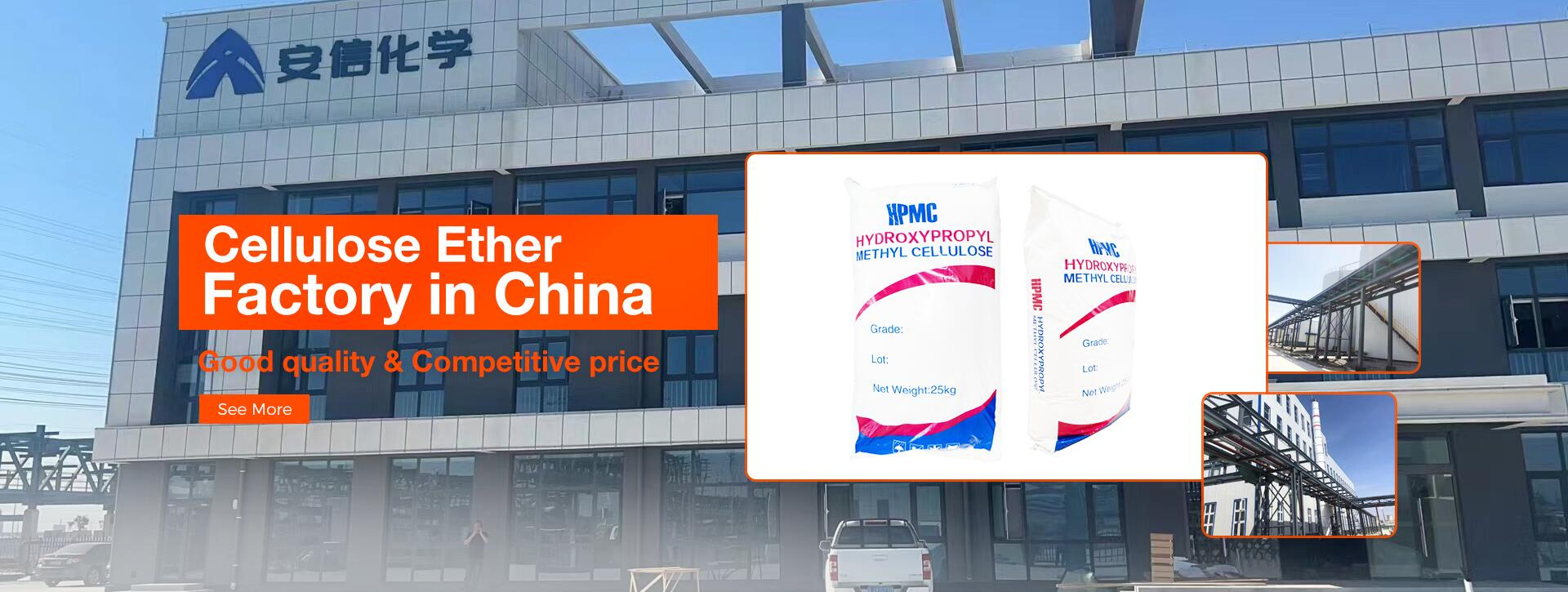HPMC (Hydroxypropyl Methylcellulose) is a non-ionic cellulose ether extracted from natural plant cellulose and chemically modified. It has good film-forming, emulsifying, thickening and stability, and is widely used in food, medicine, cosmetics, construction and other fields. So, can HPMC be eaten? Is it safe for the human body?
1. Source and properties of HPMC
HPMC is mainly made from plant cellulose such as cottonseed and wood pulp through etherification reaction. This substance is usually white or off-white powder in appearance, easily soluble in cold water, and forms a transparent or slightly turbid colloidal solution in water. It is insoluble in hot water and most organic solvents, and has good biocompatibility and thermal stability. HPMC is a non-nutritional polysaccharide that is not digested and absorbed by the human body, similar to dietary fiber.

2. Application of HPMC in the food industry
HPMC is widely used as an emulsifier, thickener, stabilizer and film-forming agent in the food industry, and has been approved as a food additive by food safety management departments in many countries and regions.
Vegetarian capsules: HPMC is used as the shell material of plant capsules and is an ideal substitute for gelatin capsules. It does not contain animal ingredients and is suitable for vegetarians and people with strict religious dietary requirements.
Food film former: HPMC can form a transparent film on the surface of food, which helps to extend the shelf life and prevent oxidation and water evaporation.
Thickener and emulsifier: In foods such as ice cream, sauces, and puddings, HPMC can be used to improve the taste and stabilize the structure.
Fiber replacement in low-calorie foods: Because it is not absorbed by the human body, HPMC helps control calorie intake and is used to make some functional foods and meal replacement foods.
3. Safety and legal supervision
Both the Codex Alimentarius and the U.S. Food and Drug Administration (FDA) have listed HPMC as a “GRAS” (Generally Recognized As Safe) level substance. In the European Union, its E code is E464, which is a legal additive allowed to be added to food.
According to a large number of toxicological studies and clinical experimental results, HPMC will not be decomposed into harmful substances by the human body, and no clear carcinogenicity or reproductive toxicity has been found in long-term intake. In addition, since it is not absorbed by the human body, it has no significant effect on indicators such as blood sugar and cholesterol, and can even be found in some lipid-lowering or blood sugar-regulating health products.
4. Appropriate intake and precautions of HPMC
Although HPMC itself is safe, it should still be used within the dosage range permitted by regulations as a food additive. Excessive intake of HPMC may cause mild gastrointestinal discomfort, such as bloating or mild diarrhea, especially in people who consume a lot of dietary fiber.
Some individuals who are particularly sensitive to cellulose ethers may have a mild allergic reaction to HPMC, but such cases are extremely rare.

5. Comparison with other food additives
Compared with natural additives such as gelatin and gum arabic, HPMC has more stable physical and chemical properties and is not easy to deteriorate or undergo chemical reactions. Compared with some artificial synthetic additives, it does not contain artificial colors, flavors or sweeteners, so it is more popular in health-oriented foods.
HPMC is an edible food additive that has obtained safety certification from international authorities and is widely used in the food and pharmaceutical industries. It not only plays an important role in vegetarian products, but also provides technical support for structural improvement and nutritional balance in the food industry. Nevertheless, like all additives, reasonable use and moderate intake are still the key to health. For ordinary consumers, there is no need to worry too much when seeing “HPMC” or “E464″ on food labels. It is a safe, stable and widely used ingredient.
Post time: Apr-17-2025